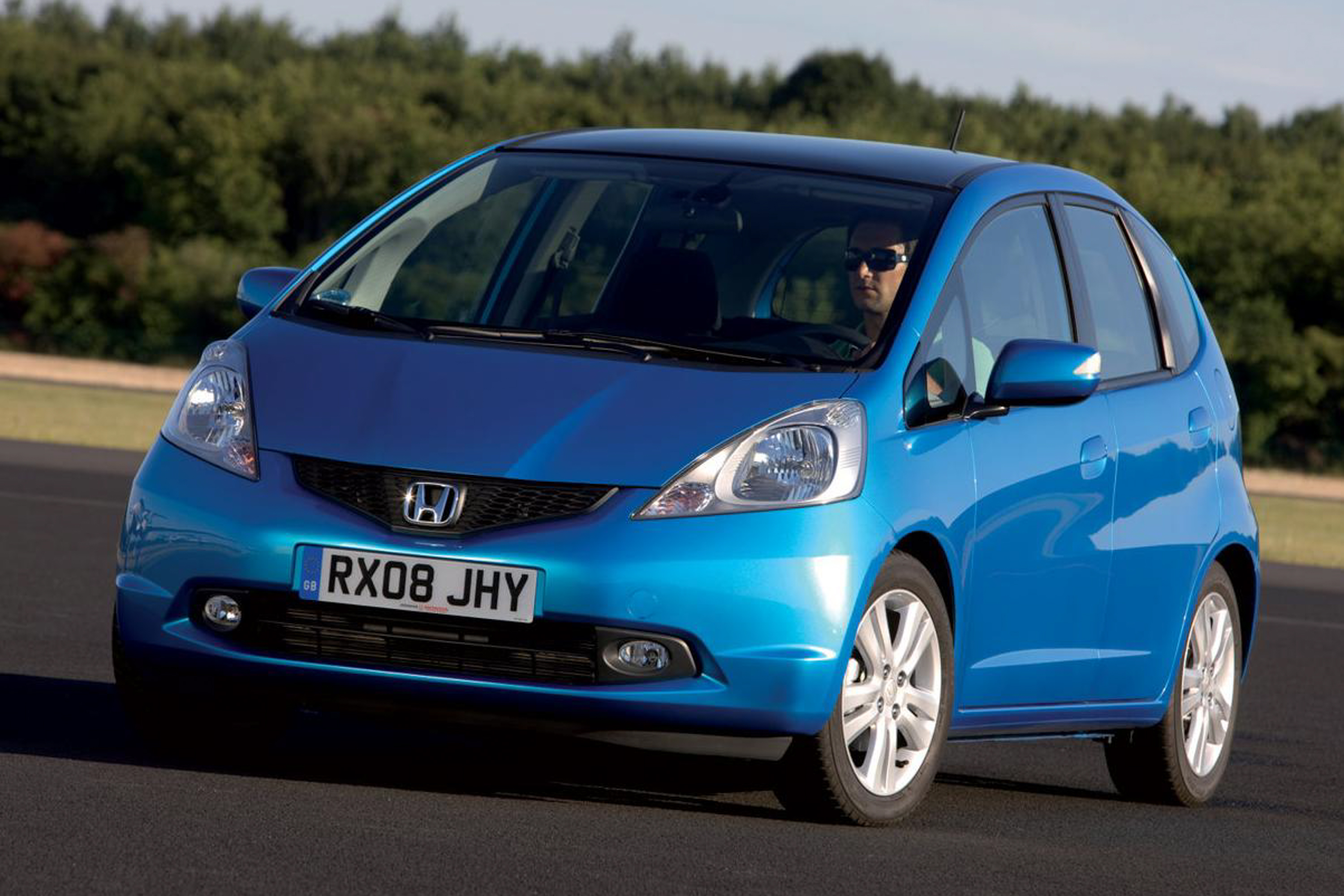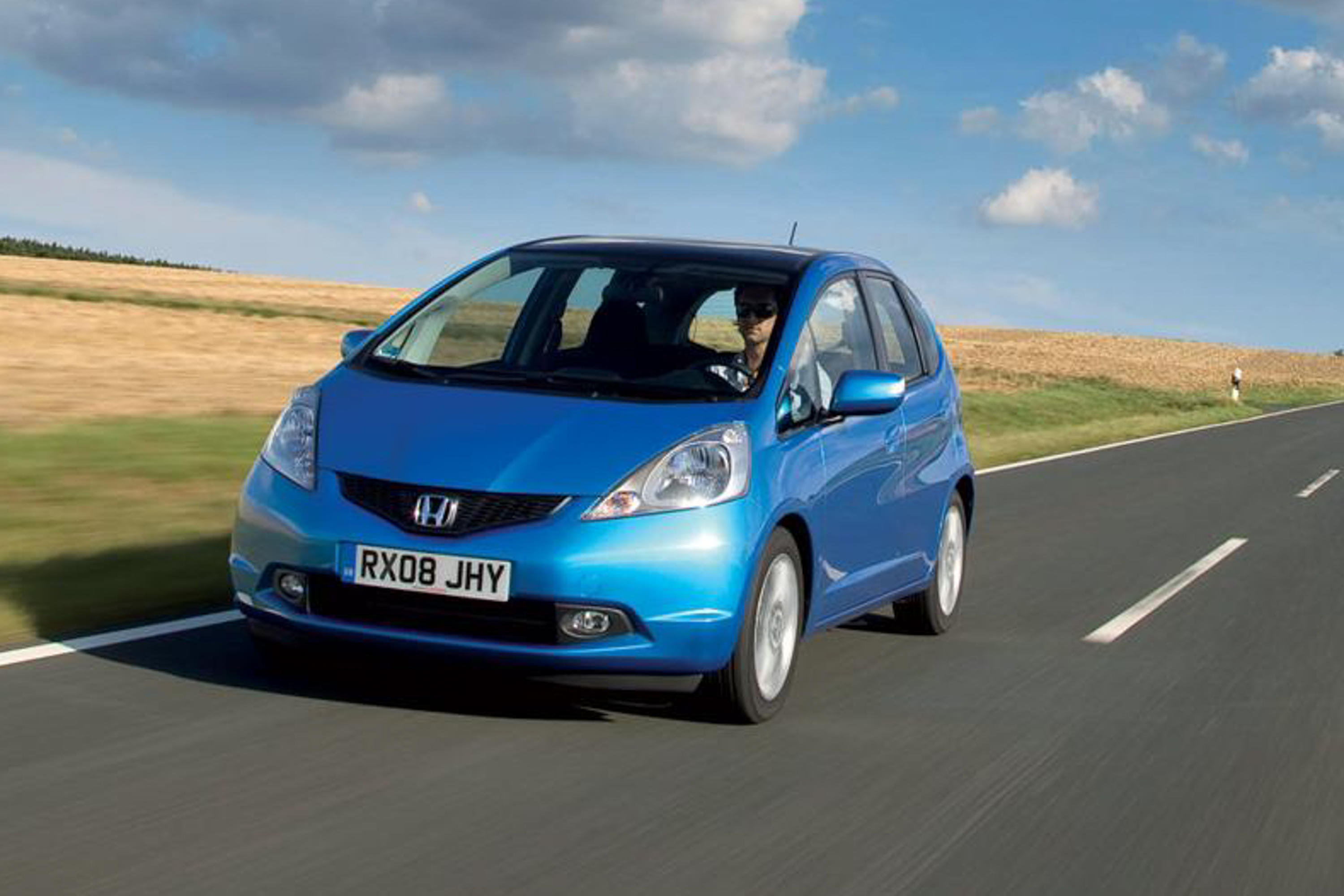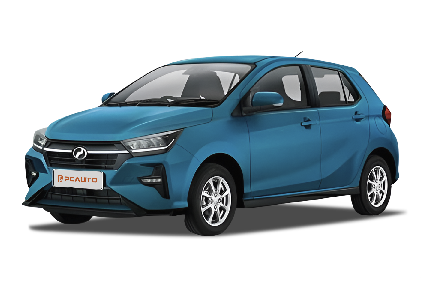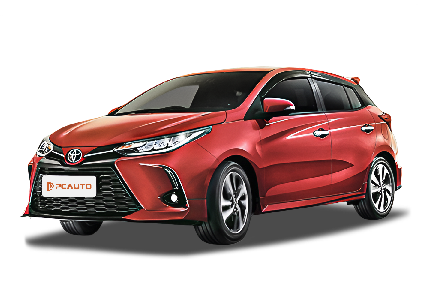Q
What is the fuel consumption of Honda Jazz 2019?
The fuel efficiency of the 2019 Honda Jazz varies depending on the powertrain. The version equipped with the 1.5-liter i-VTEC naturally aspirated engine delivers an average combined fuel consumption of approximately 5.4 to 5.8 liters per 100 kilometers, while the Hybrid model achieves an even lower 4.5 to 4.8 liters per 100 kilometers. Actual figures may fluctuate based on driving habits, road conditions, and vehicle maintenance status. This car utilizes Honda's Earth Dreams technology, optimizing fuel economy through a lightweight body and efficient transmission system, making it ideal for city commuting. To further reduce fuel consumption, it is recommended to maintain a steady speed, avoid sudden acceleration and hard braking, and regularly replace the air filter and spark plugs. In the same class, models with similar fuel efficiency include the Toyota Yaris, but the Jazz is favored by many consumers for its flexible interior space and reliability. Notably, hybrid models can significantly save fuel in congested traffic through electric motor assistance, making them more economical in the long run.
Q
What is the mileage of Honda Jazz 2019?
The 2019 Honda Jazz excels in fuel efficiency, with specific consumption figures varying by powertrain and driving conditions. The 1.5-liter i-VTEC gasoline engine variant delivers a combined fuel economy of approximately 5.5 to 6.0 liters per 100 kilometers, while the hybrid version (where available) achieves even lower fuel consumption. This car continues the Jazz lineup's legacy of flexible space and practicality; despite its compact exterior, the interior features clever design, and the Magic Seat system easily adapts to various cargo needs. In real-world use, fuel economy is influenced by road conditions, driving habits, and maintenance status. It's advisable to perform regular maintenance and check tire pressure to ensure optimal fuel efficiency. When considering a used Jazz, it's recommended to verify the actual mileage through complete service records and pay attention to the condition of key components like the engine and transmission. Among its peers, the Jazz consistently maintains good resale value and reliability, making it suitable for urban commuting and family daily use.
Q
How much horsepower does a 2019 Honda Jazz have?
The 2019 Honda Jazz comes locally with a 1.5-liter i-VTEC naturally aspirated engine, churning out 120 horsepower and 145 Nm of peak torque, paired with a CVT transmission. It delivers smooth, fuel-efficient performance that's perfect for city driving. This car has gained popularity for its flexible interior space and reliability. Even though it's a naturally aspirated unit, the i-VTEC tech does a solid job balancing low-end torque and high-rev power, making it more than enough for daily use. If you want to know more about its performance, the chassis is tuned for comfort, with suspension that effectively soaks up road bumps. Meanwhile, the body rigidity is good, and cornering stability is above average for its class. Plus, the Magic Seat design makes the trunk space super versatile—great for families or anyone who needs to haul stuff regularly. Turbo engines are all the rage these days, but naturally aspirated ones like this Jazz's have lower maintenance costs and proven durability over time. For buyers on a budget or who prioritize practicality, this is a solid pick.
Q
What engine is in the 2019 Honda Jazz?
The 2019 Honda Jazz offers two engine options locally: 1.3-liter and 1.5-liter i-VTEC naturally aspirated gasoline engines. The 1.3-liter unit, coded L13B, delivers 98 horsepower and 127 Nm of torque, while the 1.5-liter (L15B) puts out 118 horsepower and 145 Nm. Both pair with a CVT transmission, balancing smoothness and fuel efficiency. Honda's i-VTEC tech smartly adjusts valve timing and lift to optimize power delivery and fuel economy across different RPM ranges, making it perfect for city driving. What's cool is the Jazz's front-engine, front-wheel-drive layout, combined with Honda's famous "MM Concept" (Maximizing Man Space, Minimizing Machine Space), which results in seriously impressive interior space utilization. In its class, the Jazz stands out for its proven, reliable engine tech, relatively low maintenance costs, and strong resale value—definitely a solid pick for buyers who prioritize practicality and economy. If you're craving more power, keep an eye out for the Jazz RS variant that came later; its 1.5-liter engine gets special tuning for even better performance.
Q
What is a 2019 Honda Jazz worth?
The used market price for the 2019 Honda Jazz typically ranges from RM50,000 to RM70,000, with the exact figure depending on factors like vehicle condition, mileage, trim level, and service history. The high-spec V trim or hybrid version can cost around 10% to 15% more than the base models. This car has always been popular in the used car market thanks to the reliability and fuel efficiency of its 1.5-liter i-VTEC engine, plus the flexible Ultra Seats design. It's recommended to check the vehicle's accident history and engine condition through Honda's official channels or third-party inspection agencies before purchasing. Also, note that the 2019 model belongs to the later production run of the third-generation Jazz, which saw improvements in sound insulation and suspension tuning compared to earlier versions. If your budget is tight, consider 2017-2018 models, which are RM10,000 to RM15,000 cheaper, but be aware that some of these might be approaching the 5-year mark and may require more replacement of wear-and-tear parts.
Q
What is the power of Honda Jazz 2019?
The 2019 Honda Jazz comes with a 1.5-liter i-VTEC naturally aspirated engine locally, churning out 120 horsepower (around 89 kW) and 145 Nm of peak torque. It's paired with either a CVT or a 6-speed manual gearbox, delivering smooth, fuel-efficient performance that's perfect for city driving. Built on Honda's classic global small car platform, the Jazz features lightweight construction combined with Earth Dreams technology, resulting in impressive fuel economy—around 5.5L/100km combined. What really stands out is its "Magic Seat" design; despite being a small car, the interior flexibility beats most rivals. Fold the rear seats flat, and you get a huge cargo area. Safety-wise, it gets VSA vehicle stability control, HSA hill-start assist, and higher trims even come with the Honda SENSING active safety suite. When stacked against competitors like the Toyota Yaris and Mazda2, the Jazz holds its own in power figures, but Honda's edge in space utilization and resale value is what keeps it a long-time favorite. If you crave more pep, keep an eye out for the later Jazz RS sport variant, which gets a more performance-focused tune.
Q
What is the price of Honda Jazz in 2019?
Prices for the 2019 Honda Jazz in local markets vary by trim level. The base 1.5E manual starts around RM70,000, while the top-spec 1.5V Sensing CVT gets close to RM90,000 – exact figures might shift with dealer promotions or optional extras. It keeps Honda's classic practical design, packing a 1.5-liter i-VTEC engine with Earth Dreams tech that balances fuel efficiency with 131 hp, making it perfect for city drives. The standout feature? Jazz's iconic ULTRA seat system with its multiple folding setups – fold the rear seats down and you get a completely flat cargo area. That "magic seat" space concept still shines in its class. The 2019 model also added Honda SENSING on higher trims, bringing features like collision mitigation braking and lane keep assist – pretty advanced stuff for its segment back then. Looking at the used market, the 2019 Jazz holds value steadily. Well-maintained examples typically retain about 60-70% of their original price, thanks to its solid reliability reputation and affordable upkeep costs.
Q
How much is a 2019 Honda Jazz?
Used 2019 Honda Jazz models typically range in price from RM50,000 to RM70,000, with the exact figure depending on condition, mileage, trim level, and whether it's still under the original factory warranty. Higher-spec V trims or hybrid versions will command a bit more. This car is known for its clever space design and reliable 1.5-liter i-VTEC engine, delivering great fuel economy that's perfect for city driving. The Magic Seat system also makes hauling larger items a breeze. If you're looking at a used Jazz, make sure to check the service history and accident records to avoid major repair issues. Factory-certified pre-owned units often come with extended warranties, so they're worth prioritizing. Competitors like the Toyota Yaris or Mazda 2 are worth a look too, but the Jazz has always held steady in practicality and resale value, making it a top pick in the subcompact segment.
Q
How much is the Honda Jazz 2019?
The 2019 Honda Jazz typically ranges from around RM50,000 to RM70,000 in the used car market. The exact price depends on factors like condition, mileage, trim level, and location, with higher-spec V variants or hybrid models usually costing more. This car is popular for its flexible interior space, reliable 1.5-liter i-VTEC engine, and fuel efficiency—perfect for city driving. It also holds its value pretty well among small cars. For a more accurate valuation, check local used car platforms or dealers for real-time prices. Don’t forget to inspect the service records and accident history too. The Jazz’s Magic Seats let you adjust the cargo space easily, making it great for families. Plus, some 2019 models come with the Honda Sensing safety suite, including collision warning and lane-keeping assist, which boosts driving safety. If you’re on a tighter budget, you could compare it to rivals like the 2019 Toyota Yaris or Mazda 2, but the Jazz still edges them out in practicality and brand reputation.
Q
What is the fuel economy of Honda Jazz 2019?
The 2019 Honda Jazz delivers impressive fuel efficiency. Powered by a 1.5-liter i-VTEC engine paired with a CVT transmission, official figures put the combined fuel consumption at around 5.5 to 5.8 liters per 100 kilometers. Actual mileage can vary slightly depending on driving habits and road conditions—you might see a bit higher consumption in city driving, while highway cruising is more fuel-efficient. It features Honda's Earth Dreams technology, which optimizes combustion efficiency and power delivery, striking a good balance between peppy performance and fuel savings. As a small hatchback, the Jazz is popular for its nimble handling and efficient fuel economy, making it perfect for city commuting. If saving fuel is a priority, regular vehicle maintenance, keeping tires properly inflated, and adopting a smooth driving style are all simple tips that can help boost fuel efficiency even more. Among its peers, the Jazz sits in the upper-middle range for fuel economy, making it a solid pick for budget-conscious buyers looking to cut down on running costs.





















